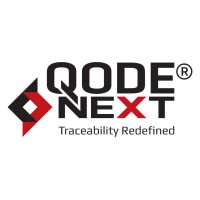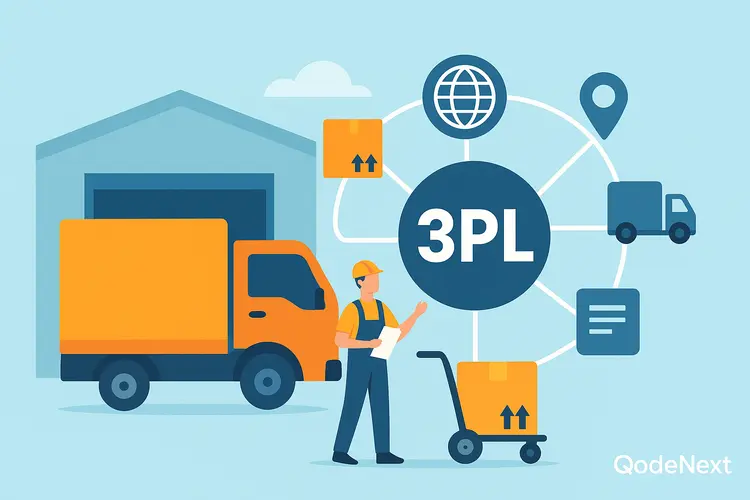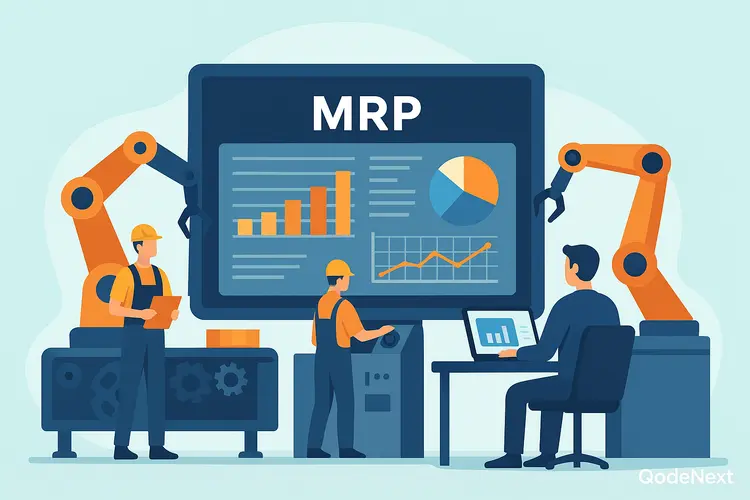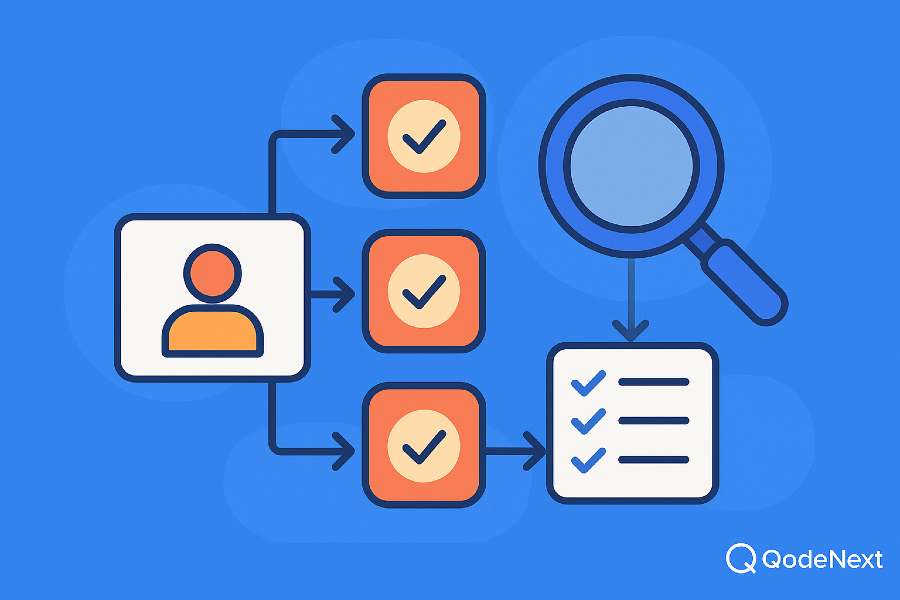
Anyone involved in software development needs to understand the meaning of traceability. Traceability meaning is the extent to which it is possible to follow the life of a requirement (e.g. through a project) in both directions: forwards and backwards.
But to say that is the traceability meaning is missing the point,‑ it’s not just about ‘tracking’ – it’s accountability and visibility through your entire development workflow. When teams internalize this notion they gain the ability to tie stakeholder requirements to tangible deliverables, putting a stop to gaps in coverage.
Whether you are a developer, tester, or project manager, learning to use traceability turns frantic projects into well-organized, predictable successes.
Traceability Meaning: What does it mean?
Traceability meaning in software development is the capacity to trace each and every requirement of the software development all the way through the implementation, testing and deployment. Imagine it as a digital breadcrumb trail that relates what the stakeholders desire to what the developers create and what the testers test.
Think about having an order of a tailor-made suit. You would want to make sure that the tailor does not forget that you requested three buttons and not two. Traceability is no different – traceability guarantees that nothing is lost in translation.
Why does this matter?
Each of the features can be linked to a business need. Alterations in requirements are felt throughout the system visibly.It is no longer guesswork, but testing coverage. Audit trails and compliance are automatic.
Fuzzing Traceability out of Software engineering.
Traceability in software engineering is not just a mere requirement tracking. It generates a living map of all that is going on in your development ecosystem.
1. Forward Traceability
This follows requirements since their initial documentation to design, code and test cases. Forward traceability will provide you with the answer immediately when one of the stakeholders asks, Did we build the login timeout feature?
2. Backward Traceability
This works in reverse. Backward traceability When you identify a bug in production, you can use backward traceability to determine the underlying requirement, design decision and code implementation. It is as though you have a time machine to your codebase.
3. Bidirectional Traceability
The gold standard. This is an integration of forward and backward traceability which forms a full web of links. Modify one requirement and you can instantly see all the components that will be impacted.
4. Requirements Traceability:
The Need to Be Good.
Requirements traceability In particular, requirements traceability addresses business requirements by following the development lifecycle.
Real-world scenario:
Practically speaking, in any software development project which is a healthcare application, traceability would be used such that all the regulatory requirements are fulfilled during the development process. In the case of a patient data management module, it must be legal such as the HIPAA laws on data privacy. Having traceability ensured, all requirements are connected to their design, code and test cases, and audits, and compliance checks are a breeze.
Key aspects in this scenario:
Requirement Mapping: The requirements are mapped to the user stories and features by every functional and compliance requirement.
Impact Analysis: It is possible to trace any change in legal regulations to the impacted components.
Test coverage: QA teams make sure that all the requirements are covered with test cases.
Audit Ready: Trace paths make external audit and review easy.
What is Traceability Matrix in Software Testing?
A traceability matrix is a document which is used to map relationships between requirements and test cases. It is almost a spreadsheet on steroids indicating which tests confirm which requirements.
Testers having all these questions on traceability matrix need an instrument that can assure them that every requirement is covered with a test. It has requirement IDs and descriptions along with related test cases and execution status. This plain and simple matrix turns the dizzying maelstrom of testing into a well-planned and quantifiable quality assurance process, where nothing is left unverified.
The Structure for traceability matrix
The simplest traceability table contains:
Requirement ID: One requirement ID is assigned to one requirement.
Requirement Description: What shall be constructed.
Test Case ID: What are the tests to prove this requirement?
Status of test: Positive or negative?
Priority Level: The criticality of the requirement?
Forms of Traceability Matrices.
FTM Forward Traceability Matrix (FTM)
Codes requirements to test cases. It makes sure that all the requirements are tested. Not even a single requirement is left behind.
Backward Traceability Matrix (BTM)
Our test cases are based on requirements. It makes sure that each test is not in vain. No wasteful testing.
Bidirectional Traceability Matrix (BTM).
Combines both approaches. The changes take place in both directions that keep everything in sync.
The reason Traceability Matrices are important in Testing.
Without traceability then testing is as futile as shooting arrows in the dark. You could bump into something, but you will not know what.
Complete Test Coverage
Instantly, the gaps in the matrix are seen. When requirement R-457 does not have any test cases connected, then you understand that there is no testing.
Impact Analysis
Need to change a feature? The matrix indicates precisely what tests require revision. No surprises in regression testing.
Compliance and Audits
Licensed sectors such as healthcare, finance and aerospace need documentation that all the requirements have been put to test. This evidence is offered by the traceability matrix.
Creating a Traceability System.
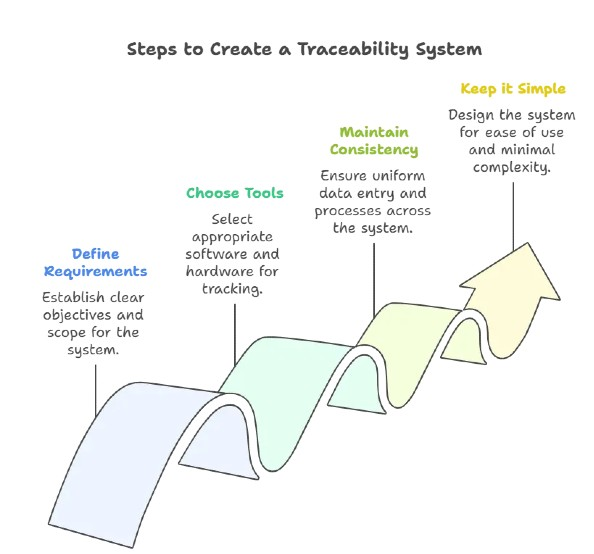
Establishing traceability is not about being lost in documentation. It’s about smart connections.
Begin with Definite Requirements.
Garbage in, garbage out. Traceability will not bail you out in the event that your requirements are unspecified such as The system should be fast. Specify requirements, make them measurable and testable.
Use the Right Tools
Small projects are managed manually. Something bigger requires special equipment:
JIRA: Connects tales, assignments, and test cases.
Azure DevOps: Traceability end-to-end, in-built.
IBM Rational DOORS: Requirement Management at the enterprise level.
TestRail: Requirement linked test case management.
Maintain Consistently
When traceability is stale it dies. Include in your definition of done the updating of the matrix. When a developer closes a story without connecting test cases, he has not completed making the work.
Keep It Simple
Then do not establish traceability in the name of traceability. Track what matters. Pay attention to high risk, critical components and required compliance elements.
Popular Traceability Problems and Resolutions.
Challenge 1: Too Much Overhead
The Issue: Teams have to spend more time building documentation than building.
The remedy: Automate connections. Sophisticated tools have the ability to auto-connect commits to a story, and test executions to requirements.
Challenge 2: Partially Adopted.
The Problem: Traceability is only maintained by testers. Developers ignore it.
The Solution: It should be a job of everybody. Include traceability in a code review, sprint, and quality gate.
Challenge 3: Modifying Requirements.
The Issue: Requirements change, tracing connections.
The Solution: Requirements version control. Record developments as they happen, as opposed to writing history.
Traceability about Agile Environments.
Traceability is a key factor in keeping agile environments in line with the constantly changing requirements, development activities, and testing results. Agile encourages traceability, which is lightweight and effective, unlike traditional models in which traceability is highly documented, and this is to ensure speed and flexibility. It assures that all user stories or requirements can be traced to relevant development activity, test cases and acceptance criteria- to help teams understand that all work is within business objectives.
Traceability in Agile will enable transparency, accountability and an audit-ready system without affecting agility. This is particularly important in controlled industries where adherence requires an easy-to-follow documentation of what, why, and how it was confirmed was constructed. With the help of traceability implemented into the Agile workflow, teams can easily adapt to change, without sacrificing quality or control.
Traceability in Agile has nothing to do with documentation, it is about intelligent connection of work to value.
Traceability Effectiveness.
What will allow you to tell whether your traceability efforts are effective?
Track these metrics:
Percentage of coverage: What percentage of requirements have been covered by linked test cases?
Orphaned tests: What number of tests are not attached to a requirement?
Time to change: How responsive is your ability to measure the effect of a requirement change?
Defect traceability: Is it possible to trace every bug to the appropriate requirement?
The Traceability Business Value.
CFOs do not give a hoot about matrices. They care about outcomes. Traceability business value works out as follows:
Less rework: It is one hundred times cheaper to spot missing requirements before development than it is to repair them after the fact.
Shorter time to market: No longer can we forget to construct this and then have it ready in time to market.
Superior risk management: See what is really being implemented, tested and in production.
Regulatory compliance: Pass without evidence diving.
Conclusion
Knowing the definition of traceability is no longer optional in today’s software development—it’s a must. Over the course of this article, we have examined how the traceability meaning goes beyond simple requirement tracking, to encompass plans, test cases and defects. Whether you’re creating traceability matrices, or defining end-to-end visibility, understanding the true traceability meaning enables your team to produce dependable, compliant software.
Businesses such as QodeNext utilize effective traceability methods to guarantee the success of projects and customer satisfaction. Start applying these concepts today, if only a little. Your future self will thank you when audits are effortless, bugs trace back instantly, and stakeholders have full confidence in your delivery process.
Frequently Asked Questions (FAQs)
1. What is traceability in the context of software engineering and why is it needed?
The concept of traceability in software engineering is the capacity to trace requirements across every phase of development lifecycle. It makes sure that all the requirements are implemented, tested and validated. This assists in keeping in line the business objectives and technical output. Traceability serves to analyze the impact, handle changes and to provide accountability. It also helps in improved documentation and project auditing.
2. What is Requirements Traceability Matrix (RTM)?
An RTM is a document consisting of user requirements traceable with the test cases. It assists in making sure that missing no functionality is not a problem, and everything is covered with tests. The RTM gives a clear picture of coverage of requirements during the development and testing stages. It is normally applied to ensure that the features are all provided as required. The matrix is a very important tool in the monitoring of project progress and quality assurance.
3. What is a Requirements Traceability Matrix (RTM)? How does it work?
To generate an RTM, enlist all requirements in a single column and correlate each of them with respective design, development and testing scenarios. Give them IDs that can be easily referred to and tracked. Periodically update the matrix with requirements change or change of test status. Test it to verify that all the requirements are taken care of. One also uses the RTM to detect gaps, test cases that are missing or duplicated.
4. What is the advantage of using traceability in the development of software?
Traceability enhances requirement coverage and minimises the chances of overlooking features. It improves the communication between stakeholders by indicating clear connections. The effect of change can be evaluated within a short period and it is cost effective. It supports the adherence to the standards on controlled sectors. Finally, it also consolidates test planning and project documentation.
5. How is forward and backward traceability different in software engineering?
Forward traceability is a process of connecting requirements to the design, the code, and the test cases in order to make sure that all the requirements are implemented. Backward traceability takes the test cases or code back to the initial requirements. Forward makes sure that it does not miss anything in development. Backward is useful in proving that each implemented feature is a valid requirement. They are both needed to be completely covered and analyzed in terms of impact.
6. What is the role of traceability in providing test coverage and quality assurance?
Traceability ties the requirement to individual test cases, and makes sure that all tests are properly covered. It aids in identifying the untested or unavailable functionalities at an early stage. This will be to ensure that not a single section of the system is untested. It can be used by quality assurance teams to confirm that all the business requirements have been fulfilled. It is also effective in the defect tracking as it locates the source requirement.
7. What are the most important elements and components that are usually present in a traceability matrix?
Common features are requirement ID, requirement description, design reference, test case ID and test status. It can also entail priority, author and date of update. Every row relates a requirement to some artifacts. Columns are usually added to the matrix to represent verification and validation results. These elements make sure that there is clear visibility throughout the development lifecycle.
8. Which are some typical tools and techniques of attaining traceability in software projects?
One of the most popular is Jira, IBM DOORS, Microsoft Azure DevOps, and HP ALM. They are used to manage requirements and associate them with test cases, bugs, and tasks. One of them is by means of unique identifiers and current traceability matrices. Systems point to point traceability is also automated. Documentation and version control play a very important role in ensuring proper traceability connections.
